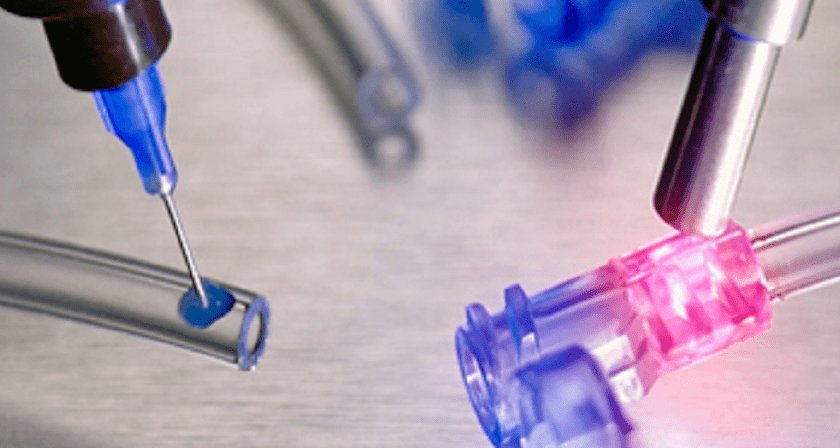

Published Date : 2022-Jun-18 Article > Chemicals and Materials
The UV adhesives top segmentation analysis can be done on the basis of resin type where the top resins are epoxy, acrylic, urethane and silicone for the applications across the different industries. Among the resin types, a major share of the market has been captured by the acrylic segment and that is due to the higher penetration of the product across the regions.

The global UV adhesives market has been expected to grow at a moderate rate in the coming years as it has been affected by the COVID-19 pandemic like almost every other industry. The market has an eco-system which is extremely diversified and established which includes the stakeholders as well as the suppliers of raw material. The global market is one which includes vendors, manufacturers, the end users and even the government organizations which makes it extremely diversified. Every UV adhesives market analysis explains how the entire chain is carried out as per the requirements of the end users. These requirements are also diverse in terms of application and that is what adds to the different ways in which the global market works.
A UV adhesive is an epoxy-based or acrylate-based resin which polymerizes and therefore cures by special UV light sources through irradiation. These are used primarily in the industrial setting as they are able to cure in only a few seconds which allows an extremely high output for production. The UV adhesive may also be cured by the UV LED light and UV gas discharge lamp equipment. Different from the LED light source where monochromatic lights are emitted, the gas discharge lamps have an extremely broad spectrum of light. For the curing adhesives, UV portions at various wavelengths are used together while the LEDs light spectrum have been limited to the specific wavelengths.
While the UV adhesives market may have slowed down globally due to the global pandemic and the corresponding contraction of demand from a wide range of the industries such as the packaging, optics as well as other industries. The COVID pandemic has slowed down these industries and therefore slowed down the UV adhesives market trends. However, with the market picking up and the production work getting back to normal, we can expect the trends to take a leap and a positive change to be observed in the UV adhesive market. The companies that have been able to handle and adopt to the pandemic have been able to survive it as there have been companies which have adjusted their possibility curves and extended their scope to the medical adhesives line particularly for the ventilators which were in use in the pandemic years. The global market showed that it does have flexibility.
The one big roadblock for the UV adhesives market has been the higher cost of the adhesive when it is compared to the other adhesives such as the moisture cure adhesives and the thermal cure adhesives. These are used for the glass bonding applications and the medical electronics and could possibly be a hindrance in the coming years for the global UV adhesives market.
The competition is fierce and the companies which are involved in in the global UV adhesives market are Epoxy Technology, Inc., Henkel AG & Co., H.B. Fuller, KGaA, Ashland Inc., The 3M Company, Dymax Corporation, Permabond Engineering Adhesives, Panacol-Elosol GmbH, and Master Bond Inc. These companies are trying to diversify their portfolio and engage in a lot of research and development activities which along with a lot of diverse strategies for development will be some factors which grow the position of the companies in the market. These are companies which have found a lot of inorganic and organic strategies for achieving the growth they desire in the global market.